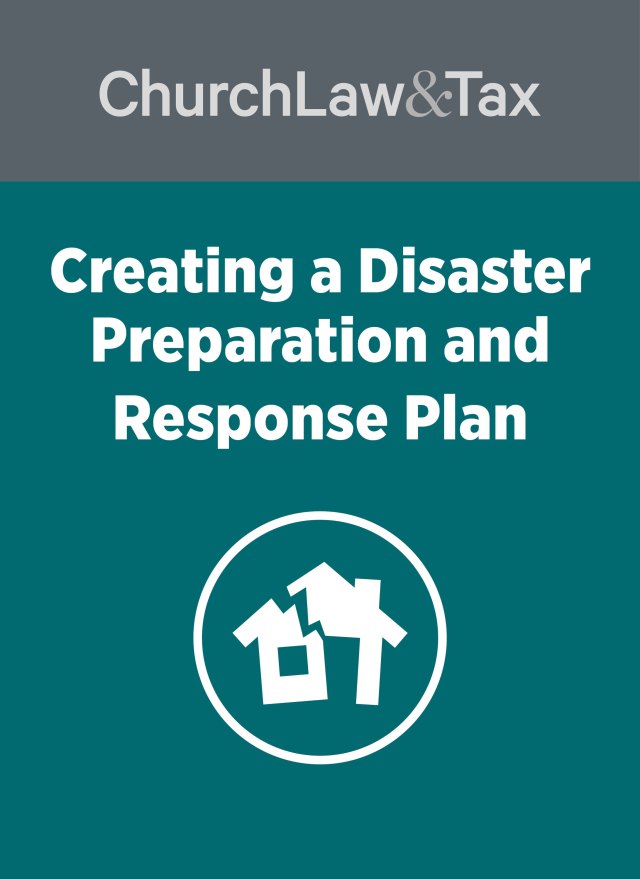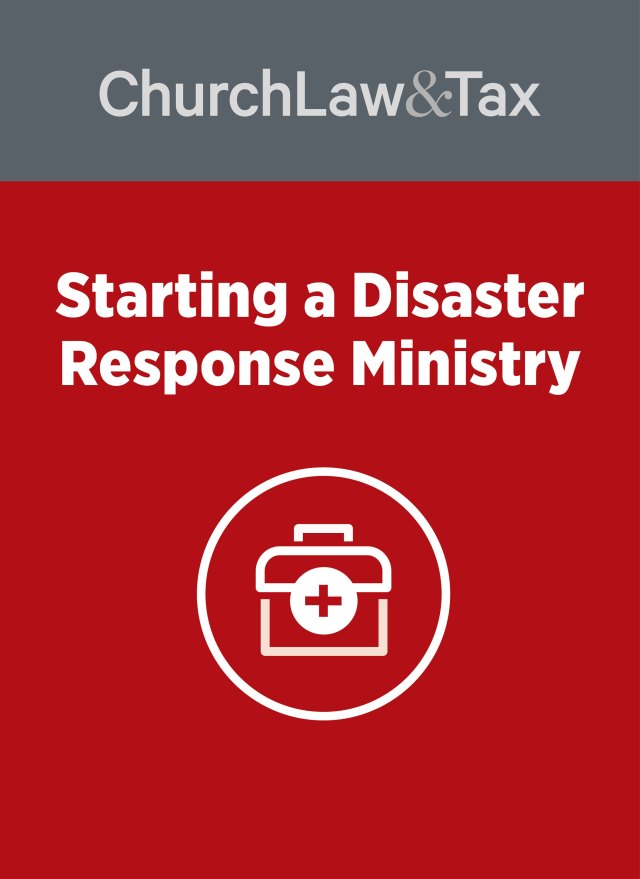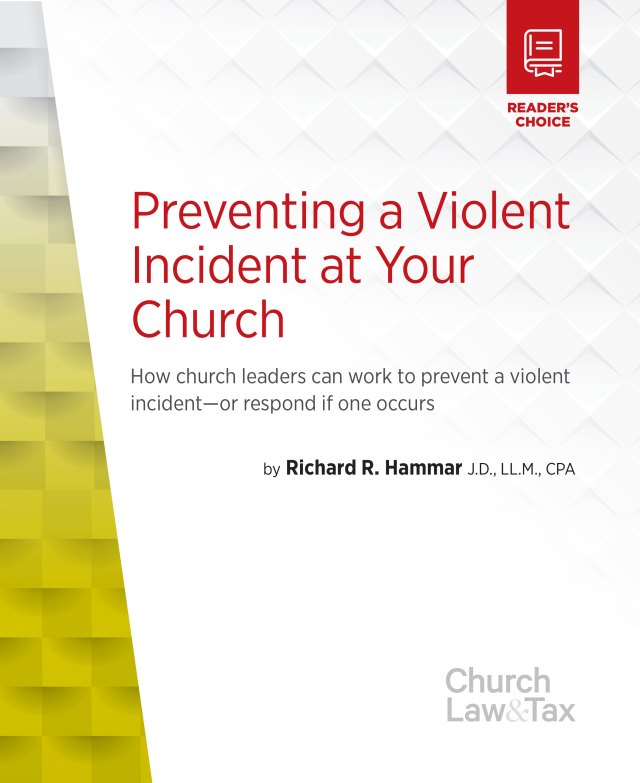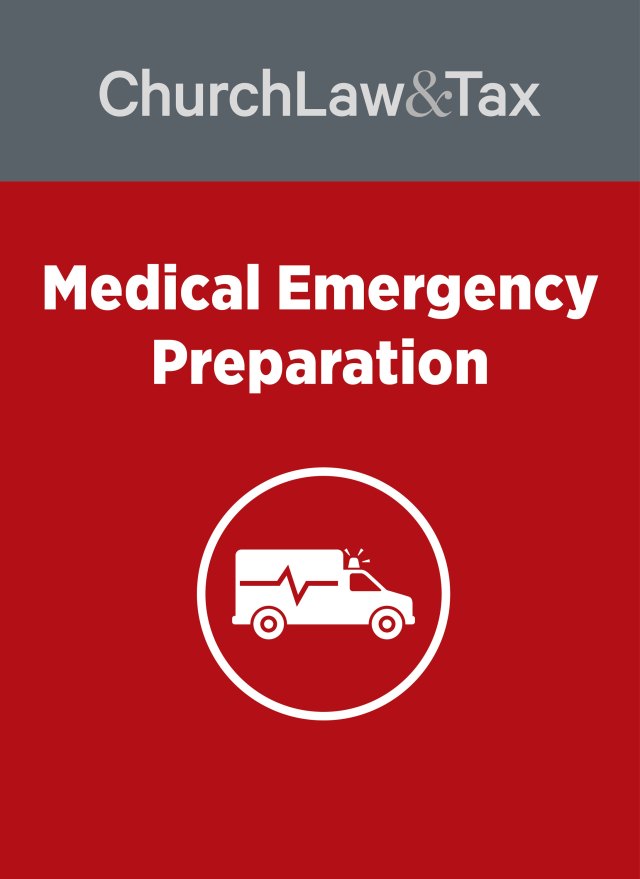Update. On Sunday, May 15, 2022, a shooting took place at a Taiwanese church in Southern California. Find details about the shooting on Christianity Today. This article offers four possible ways for churches to reduce the risk of such incidents taking place in their own congregations.
The 2017 shootings at First Baptist Church in Sutherland Springs, Texas, which left 26 dead and several others injured, have once again focused attention on church safety, with many church leaders asking what steps they should implement to protect their congregations.
Most churches in America are safe places. While incidents of shootings on church property are shocking, they are rare. But “open access” policies of most churches make them susceptible to violent acts. While such acts cannot be completely prevented, there are steps church leaders can take to reduce the risk. Let’s review some of them.
Four possible options
Here are four possible response options that leaders of churches of all sizes and settings should consider.
Off-duty officers
The optimal response to the threat of an armed assailant on church property is to have two or more uniformed off-duty law enforcement officers on site during services, with a police car parked in a highly visible location outside the church. Such persons should be thoroughly screened by their police department before being hired, receive extensive training in dealing with volatile situations and the use of firearms, and receive continuing training in the use of firearms and job-related skills.
They will serve as a deterrent to crime because of their uniform and vehicle. Further, according to some courts, these individuals become on-duty police officers, even while otherwise acting as private security guards, when responding to criminal activity, which can reduce a church’s liability based on negligence for their actions.
Churches considering the use of uniformed off-duty police officers should check with the local police department regarding the recruitment of such persons as security guards, and the number that are needed. There is a cost involved with using police officers to provide security, but those costs are diminished by the fact that you will not be using them for more than a few hours per week.
Private security
Churches also may consider hiring uniformed private security guards. This is a far-less effective response than using uniformed law enforcement officers, since private security guards typically have less training in both firearms and crisis response. Further, unlike law enforcement personnel, they do not become “on duty” when responding to a crime, and so the church faces a higher risk of being liable for their negligent response. And, the cost of hiring private security guards often will be comparable to using police officers.
Tap church members
A third option is to use church members who are legally authorized to carry a concealed weapon. They would not wear uniforms, but would instead blend in with the congregation as plain-clothed security guards. The problem here is the wide range of competency among permit holders in handling firearms. Some permit holders have a very minimal ability in the use of firearms, resulting in a significant risk of collateral damage. Others have extensive training and ability.
As a result, church leaders should not treat all permit holders equally. Churches can help to bolster the competency of such persons in the protection of church members by taking the following actions:
- place a reasonable limit on the number of concealed weapons permit holders that the church will use as part of its response to armed shooters;
- perform a thorough background check on each person, including references;
- use a written application that includes a description of the applicant’s weapons training; periodically confirm that the individual’s permit is active;
- only use concealed weapons permit holders who have passed the same firearms training course that is prescribed for local law enforcement personnel in your community; and
- only use these persons as auxiliaries who at all times are under the control and direction of law enforcement personnel.
Implement technology
The use of technology is another viable option. In evaluating the feasibility of various technologies to prevent or reduce the risk of shootings in public schools, the United States Department of Justice noted that the effectiveness, affordability, and acceptability of each technology must be considered. Devices that often are employed by churches and commercial businesses to prevent or reduce the risk of criminal acts include surveillance cameras, entry control devices, and metal detectors (see “Facts About Metal Detectors” at the end of this article). Church leaders should consider how each device will work, how much it will cost, and how well their congregations will accept the use of them.
Observations to consider prior to taking action
First, let me repeat that church shootings, and other violent crimes on church premises, are rare.
Second, the law imposes upon any place of public accommodation, including a church, a duty to protect occupants against foreseeable criminal acts. The level of protection is directly proportional to the degree of foreseeability. Many courts assess foreseeability on the basis of the following factors:
- whether any criminal conduct previously occurred on or near the property;
- how recently and how often similar crimes occurred; how similar the previous crimes were to the conduct in question; and
- what publicity was given the previous crimes to indicate that the church knew or should have known about them.
If shootings or other violent crimes on church property are highly foreseeable based on these factors, then a church has a heightened duty to implement measures to protect occupants from such acts.
Third, many church leaders and congregations, guided and informed by their theological and ethical values, feel compelled to take steps to protect human life from acts of violence whether or not they have a legal duty to do so.
Fourth, in making decisions regarding which protective measures to implement, church leaders should consult with local law enforcement professionals, the church insurance agent, and legal counsel. These same persons should also review the church’s emergency response plan.
Fifth, contact other churches and other places of public accommodation in your community to see what measures they have enacted to protect occupants against shootings and other violent crimes. Examples include schools, malls, libraries, restaurants, stores, sports facilities, theatres, and concert halls. This research will help church leaders ascertain the “community standard,” which is an important consideration in deciding if a property owner was negligent.
Sixth, note that even the most stringent protective measures would have prevented few if any shooting incidents on church property. In fact, in some of these cases, the church had implemented what seemed to be reasonable precautionary measures. However, no measures will foil an armed and dedicated assailant, especially if that person plans on taking his or her own life.
Seventh, while it is not possible for churches to prevent acts of violence on their premises, it is possible to deter such acts in some cases, and to contain the damage and destruction when an incident occurs.
Government recommendations
The United States Department of Justice has prepared the following recommendations for schools to help reduce the risk of violent crime (the word “church” is substituted for “school”):
- Every church needs a well-thought-out, annually updated crisis response plan, with regular training for all those who are involved.
- The crisis plan needs to make assignments of who is in charge during different types of emergencies; who is the alternate in charge; who is called first, by whom, from where, and using what; whether persons are relocated and how; what type of statement is made to the press and by whom; and who is in charge when emergency responders arrive on the scene.
- Ideally, a preselected team immediately will be mobilized upon the occurrence of a serious threat. Team members will know who to look to for decisions and then proceed automatically in their roles under the church’s crisis response plan.
- Crisis team members should wear distinctive clothing, and be located in places of high visibility, so they can be contacted in the event of a crisis.
- Crisis team members should immediately contact local law enforcement when a crisis is reported, either on a cell phone or two-way radio. All crisis team members should have one or both of these devices with them at all times while on church premises.
- Consider the use of “duress alarms” that anyone can activate to report a crisis. These can activate an audible alarm, or an inaudible alarm that is detected only by crisis team members and first responders.
- Have your crisis plan reviewed by local law enforcement professionals, your insurance agent, and an attorney.
Facts About Metal Detectors
- Metal detectors are considered a mature technology and can accurately detect the presence of most types of firearms and knives.
- However, metal detectors work very poorly if the church is not aware of their limitations before beginning a weapon detection program and is not prepared for the amount of trained and motivated manpower required to operate these devices successfully.
- Metal detectors are usually not effective when used on purses, bookbags, briefcases, or suitcases. There is usually a large number of different objects or materials located in, or as part of, the composition of these carried items that would cause an alarm.
- The difficulty in interpreting the results of metal detector scans will require many persons to be pulled aside, as at an airport, for more thorough screening, including pat downs. The end result will be clogged lines of parishioners, shoes in hand, impatiently waiting to enter their church. One can easily imagine the uproar this would elicit.
- Walk-through metal detectors are expensive. An additional cost would be the use of trained operators.
- Metal detectors would not stop a dedicated and armed assailant, who could overpower the screeners.
- Handheld scanners are available, but generally are used as a supplement to portal metal detectors.
- Most church leaders would consider metal detectors at church entrances offensive to congregational members and visitors and fundamentally incompatible with the nature of the church as a sanctuary.

Responding to Gun Violence Concerns at Churches
Church shootings remain rare, but policies and planning are still necessities.




